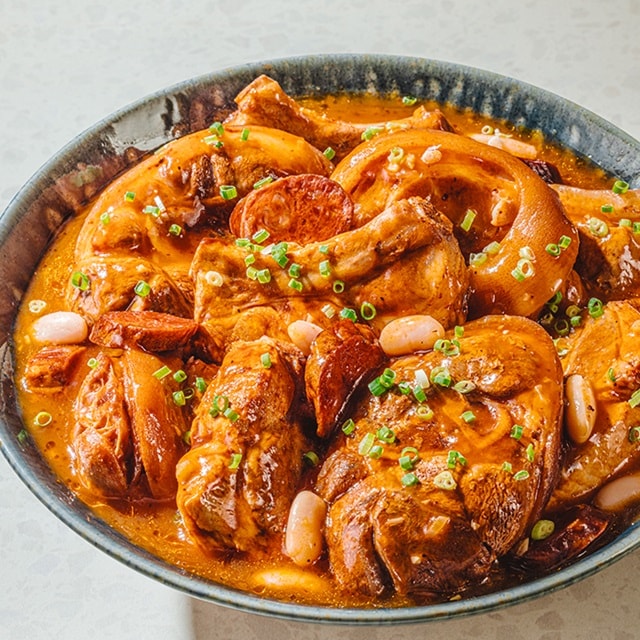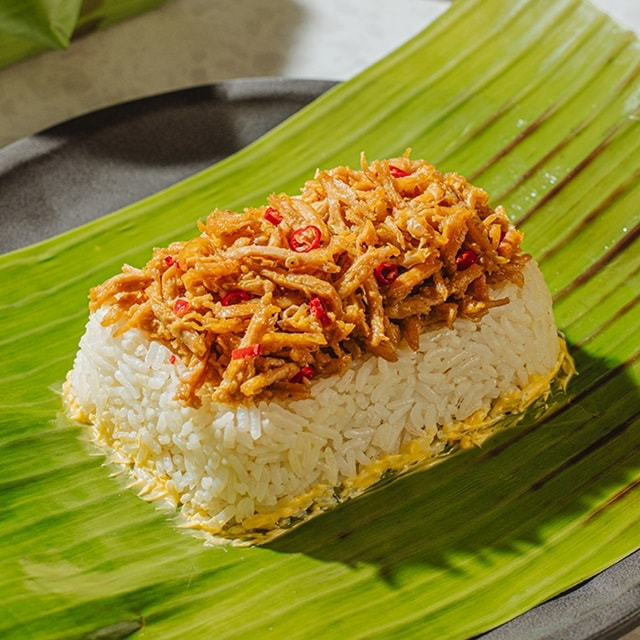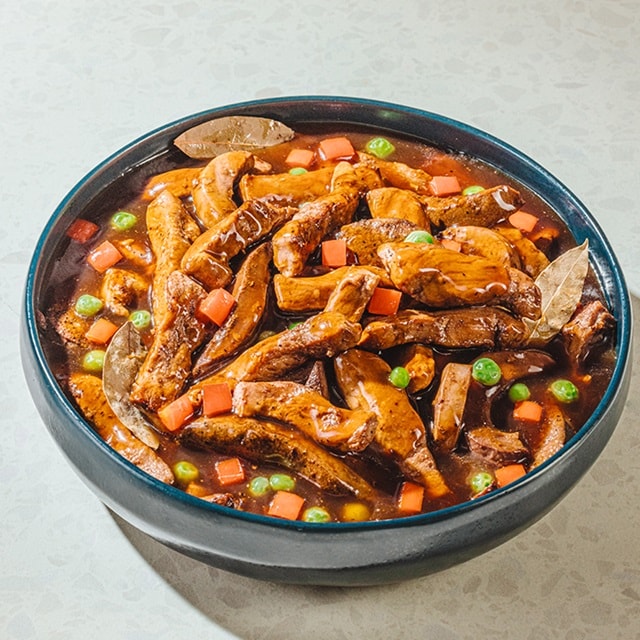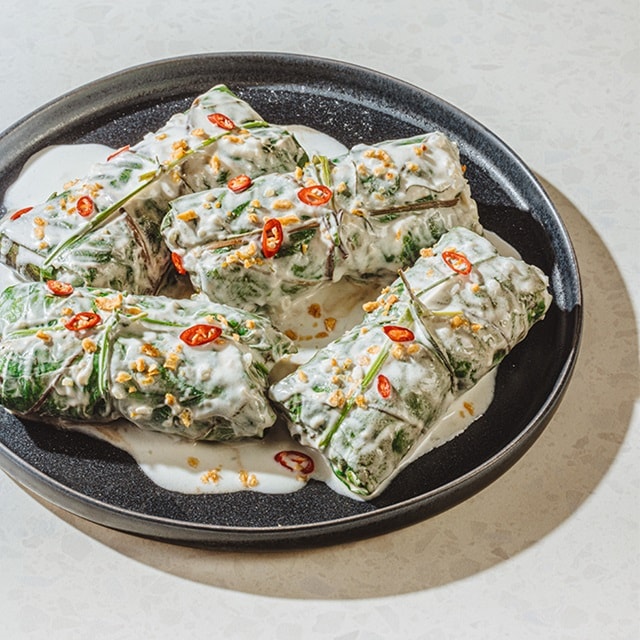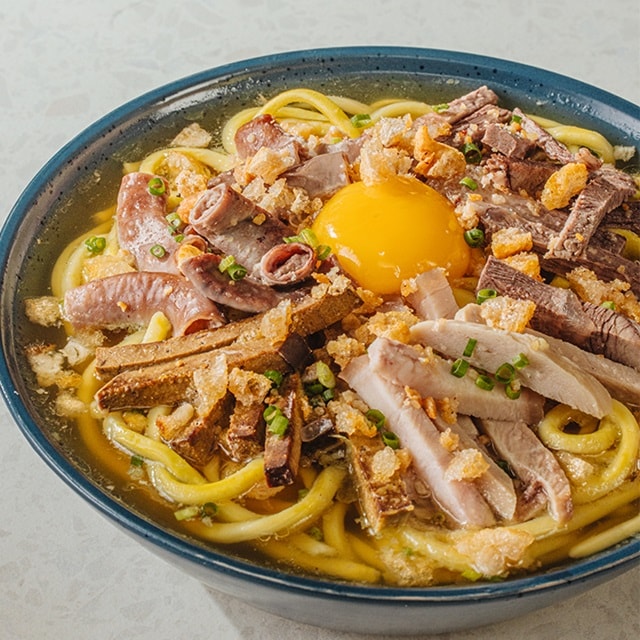Sapsapuriket, binakhaw, tamalos, tiyula itum, and utak-utak – these are some of the regional food worth exploring for your 2025 menu. Though they may not be as mainstream as adobo, sinigang, or lechon, they deserve equal recognition and a rightful place in the culinary spotlight.
Thanks to the “Culinary Roots” trend, chefs in the Philippines and around the globe are beginning to revive these traditional recipes and preserve authentic culinary heritage. This renaissance goes beyond flavor, highlighting culture, history, and sustainability. Here’s how regional cuisine is shaping the future of dining and why it’s time to embrace this trend.
What Is Culinary Roots?
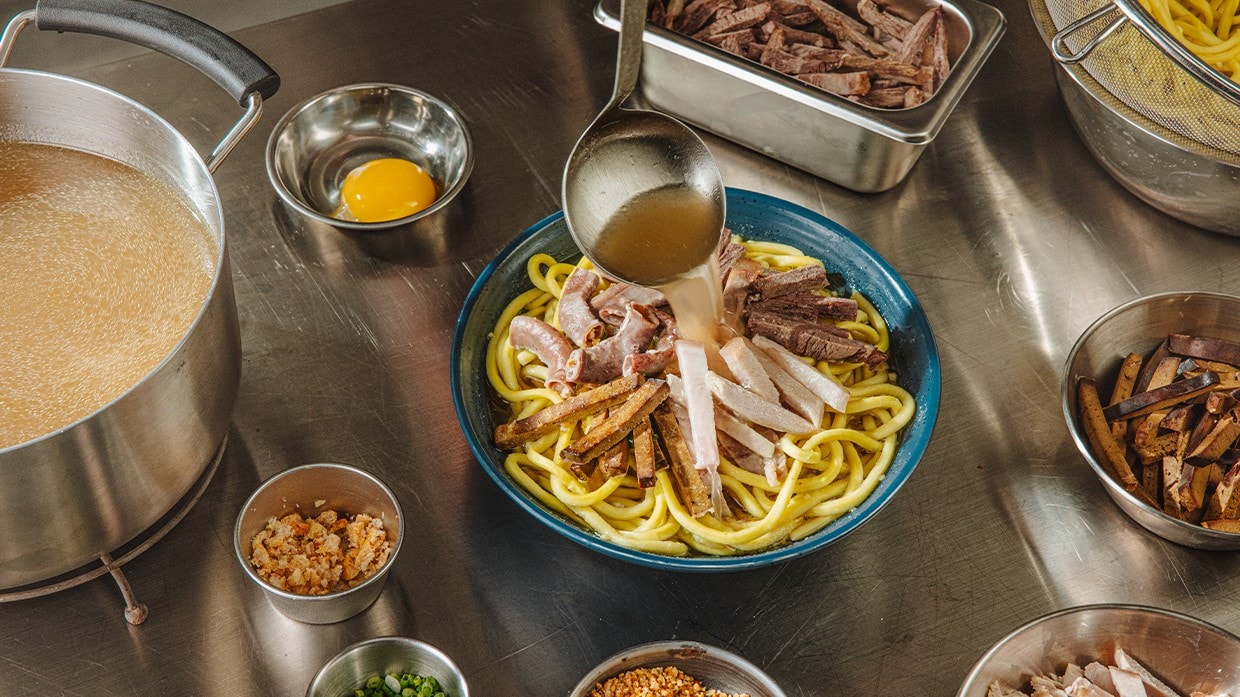
Culinary Roots spotlights lesser-known regional food, emphasizing local ingredients and traditional cooking methods. This movement focuses on preserving authentic heritage rather than opting for superficial reinventions.
Chefs and diners alike are embracing heritage dishes, seeking distinctive, regionally authentic experiences. By refining time-honored techniques, Culinary Roots also challenges Western culinary dominance, celebrating centuries-old practices.
Chef Ken Cacho, Unilever Food Solutions Philippines’ executive chef, explains how this movement took root in the country: “It began with Anthony Bourdain, and the rest is history. That [traditional] chopped pork dish became his favorite. Before then, we always copied from the West. Now, everything has become more localized. There’s a big movement to support farmers and focus on hyper-local sourcing. Many chefs are now using Filipino cuisine as the central concept behind their restaurants.”
These days, regional food from the Philippines is increasingly sought after by diners. More people are embracing family recipes and heritage dishes, choosing local flavors over international ones. Ultimately, this growing appreciation is driving the promotion of regional food.
Look to Iloilo, recognized as a UNESCO Creative City of Gastronomy. Beyond showcasing its regional cuisine on national and global stages, it serves as a model for other Asian chefs and cities seeking similar acclaim. Here, gastronomy plays a vital role in raising public appreciation, promoting nutrition, and supporting conservation.
Global Examples and Regional Adaptations of Culinary Roots
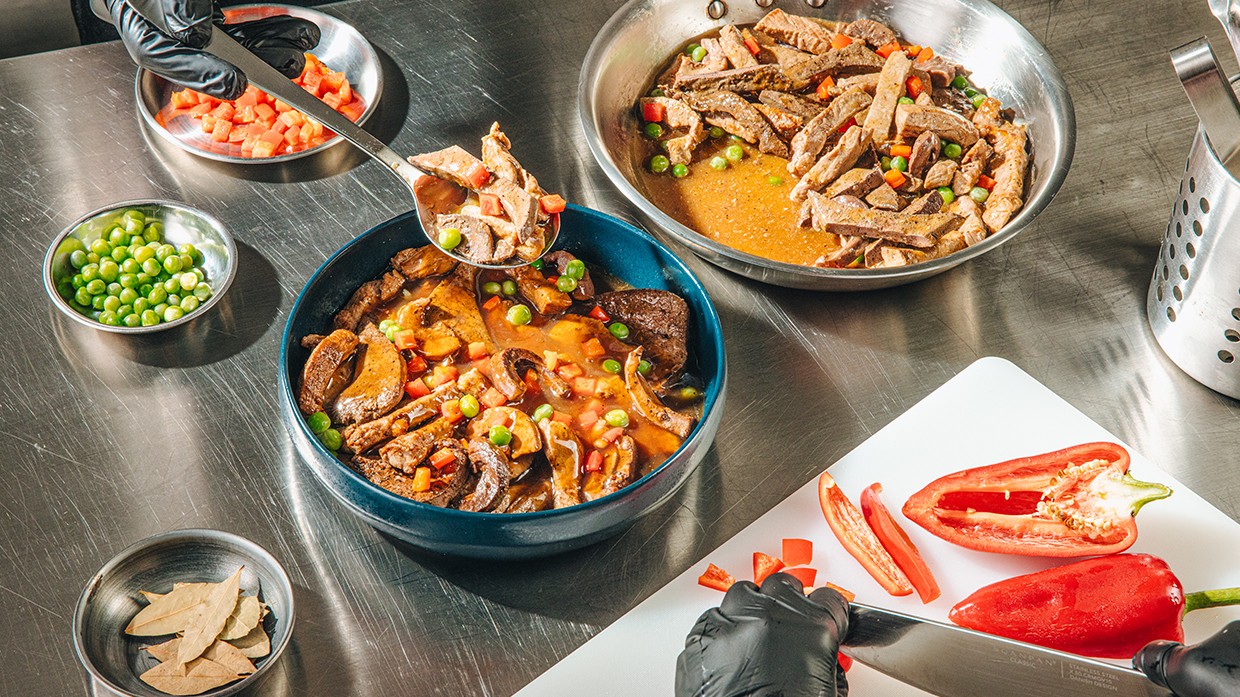
Around the world, Culinary Roots is manifesting in unique and meaningful ways. In Lithuania, the Culinary Heritage Initiative marks a significant movement to reclaim and celebrate culinary traditions suppressed during the Soviet era. Restaurants like Ertlio Namas in Vilnius bring history to life with dishes inspired by recipes dating back to the 15th century.
The Book of Sichuan Chili Crisp by Jing Gao draws from the author's Chengdu roots, featuring recipes that marry tradition with creativity, like chili crisp ice cream sundaes. Similarly, the National Geographic TV series Restaurants at the End of the World (2023) explores remote dining destinations, highlighting traditional cooking techniques and the cultural heritage embedded in regional food.
Here are more examples of Culinary Roots across the globe:
- China: Chefs are exploring lesser-known regional cuisines, such as Ningbo and Shanxi, bringing dishes like knife-cut noodles to the forefront.
- Thailand: Chef Pam’s Michelin-starred Potong uses storytelling to elevate and celebrate heritage cuisine.
- United Kingdom: Chef Andrew Wong’s tasting menu at A. Wong redefines perceptions of Chinese cuisine by highlighting diverse regional specialties. At Akoko, Chef Ayo Adeyemi elevates West African dishes, such as Ghanaian yam purée, with luxury ingredients.
Factors Driving the Culinary Roots Trend
Various influences are driving this trend, reflecting a growing appreciation for culture and history in food. The following factors contribute to its rise:
- The pandemic and supply chain challenges have led chefs to focus on locally sourced ingredients.
- Consumers’ growing knowledge of food has increased demand for depth, authenticity, and meaningful culinary experiences.
- A shift in culinary perspective highlights that rediscovering one’s own cultural roots can be just as exciting as exploring foreign cuisines.
- Chefs’ focus on heritage encourages celebrating their own cultural roots rather than appropriating elements from other traditions.
- The rise of storytelling in dining has made the heritage behind dishes and chefs a key element of the overall culinary experience.
How to Adapt to the Culinary Roots Trend
Take inspiration from regional food and incorporate it into your offerings with these strategies:
- Quick Service Restaurants (QSRs): Local ingredients can enhance menu items while maintaining a limited selection to ensure efficiency.
- Casual Dining: Chefs can draw from their regional home cooking, whether within or outside the Philippines, to create unique dishes.
- Fine Dining: Emerging chefs can craft distinctive stories anchored in heritage and micro-regional foods.
Consider incorporating a Region 1 food delicacy by making igado with Knorr Beef Broth Base and Knorr Liquid Seasoning. Or, feature a Region 2 food delicacy like bitsuelas, a traditional Ybanag stew with pork, white beans, and chorizo.
Cuisines, Dishes, Techniques, and Ingredients for the Culinary Roots Trend
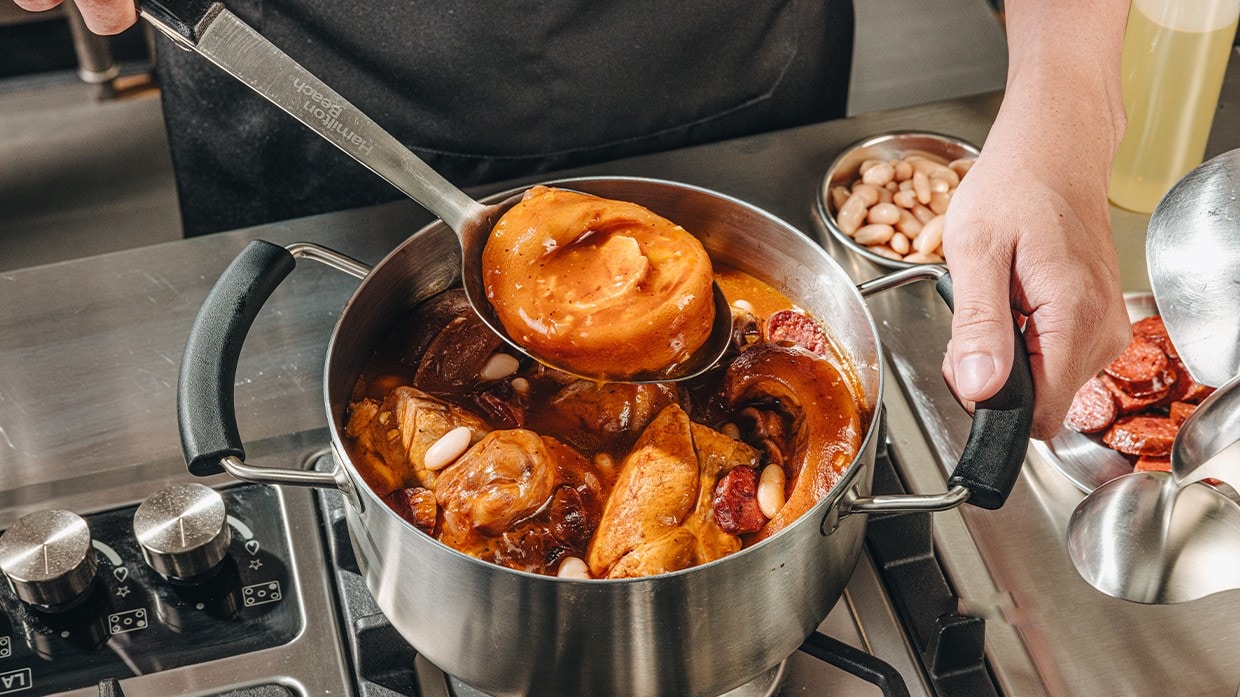
Explore these culinary elements to embody the Culinary Roots trend and elevate your menu.
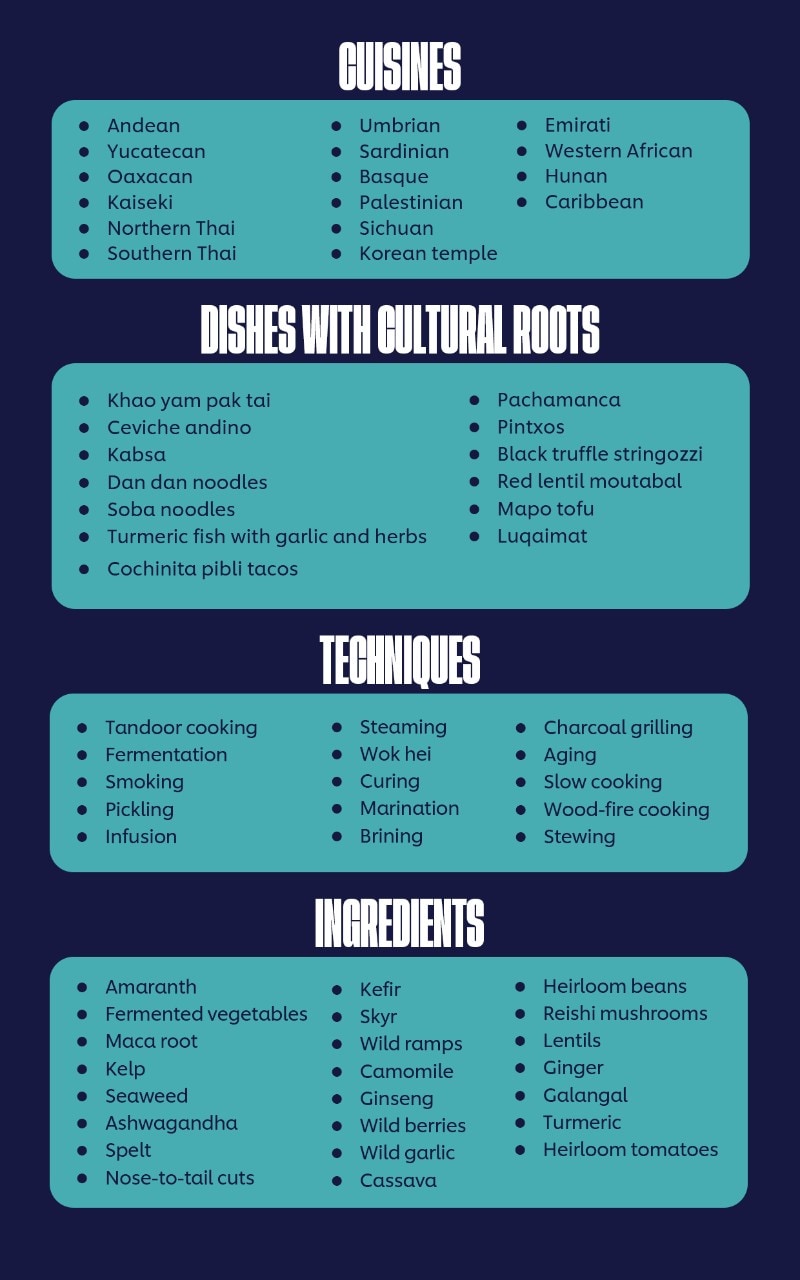
It’s time to embrace the treasures of your culinary heritage and celebrate the abundance of flavors found in your backyard. Regional food offers such richness often overlooked, and the Culinary Roots trend encourages you to reconnect with culture and tradition. Embrace this movement to elevate your menu and captivate diners with authentic, story-driven dishes. For more inspiration and guidance on current food trends, download the Future Menus 2025 Report today.





